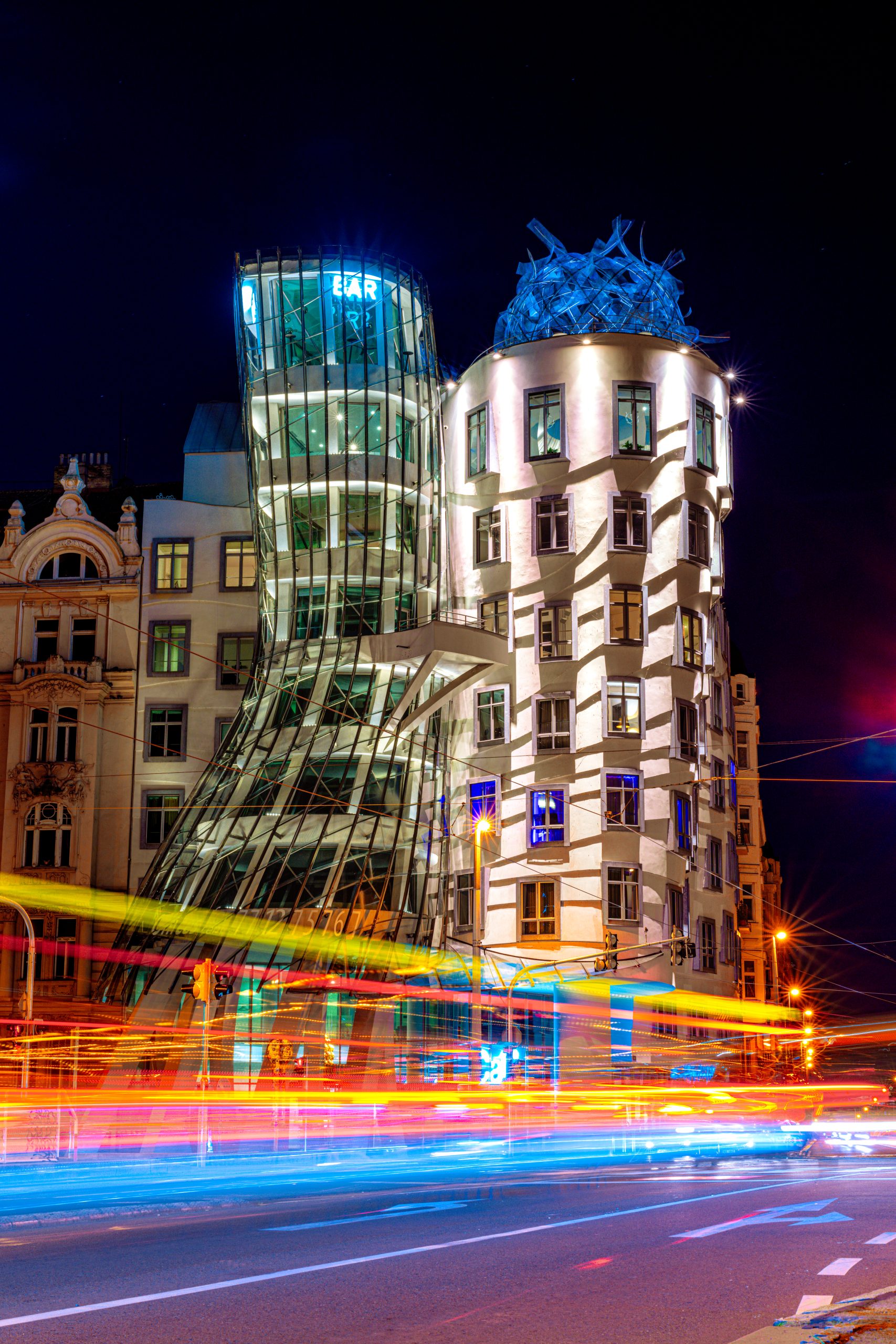Imagine a world where the chaos and noise of airports are replaced by tranquility and efficiency. Picture yourself strolling through a silent terminal, where the beeping of large monitors is replaced by the humming of electric vehicles. This is the future of air travel, where advancements in technology promise a smoother and more seamless airport experience. From touchless check-ins to autonomous luggage systems, these silent airports are revolutionizing the way we travel, offering a glimpse of a more peaceful and convenient future.

Heading 1
Subheading 1-1: Introduction to Silent Airports
Welcome to the future of air travel, where silence reigns supreme. Silent airports are the latest advancements in technology that aim to revolutionize the way we experience air travel. These airports are designed with cutting-edge technologies and innovations that minimize noise pollution, enhance passenger experience, and set new standards for efficiency and sustainability. The emergence of silent airports marks a significant shift in the aviation industry, presenting a tech-driven future that prioritizes comfort, convenience, and environmental consciousness.
Subheading 1-2: Advancements in Technology in Airports
Advancements in technology have played a pivotal role in shaping the aviation industry, and silent airports are no exception. From noise reduction technologies to seamless navigation systems, airports are harnessing the power of innovation to redefine the travel experience. The integration of digitalized check-in and security processes, biometric identification, touchless technology, and augmented reality are just a few examples of how technology is transforming the way airports operate. These advancements not only enhance efficiency but also prioritize passenger comfort and well-being.
Heading 2
Subheading 2-1: Benefits of Silent Airports
Silent airports bring forth an array of benefits that promise to revolutionize the way we travel. One of the significant advantages of these technologically advanced airports is noise reduction. Traditional airports are bustling with noise from aircraft engines, crowds, and various other sources. However, silent airports leverage noise reduction technologies and soundproofing materials to significantly reduce noise levels, creating a tranquil and peaceful environment for travelers.
Subheading 2-2: Passenger Experience in Silent Airports
Passenger experience is at the heart of silent airports, aiming to alleviate the stress and discomfort often associated with air travel. These airports prioritize enhanced privacy and comfort, providing travelers with serene seating areas, quiet zones, and minimal distractions. The design and layout of silent airports also contribute to a more pleasant experience, with ample natural lighting, spacious terminals, and aesthetically pleasing architectural elements. From reducing stress to improving overall well-being, silent airports are designed with the traveler’s comfort in mind.
Heading 3
Subheading 3-1: Noise Reduction Technologies
Silent airports utilize state-of-the-art noise reduction technologies to create a serene ambiance for travelers. These technologies range from advanced soundproofing materials to innovative architectural designs. One example is the use of soundproof glass windows that effectively block out noise while allowing natural light to filter through. Additionally, silent airports employ noise-canceling techniques, such as sound-absorbing panels and barriers, to minimize external noise sources and create a peaceful environment for passengers.
Subheading 3-2: Air Traffic Control Innovations
In addition to minimizing noise within airport facilities, silent airports also focus on optimizing air traffic control procedures. Advanced innovations in air traffic control systems, such as satellite-based navigation and precision landing technologies, enable more efficient and precise aircraft movements. These innovations not only improve safety and reduce congestion but also contribute to noise reduction by optimizing flight paths and reducing unnecessary engine thrust.
Heading 4
Subheading 4-1: Architectural Design and Layout
Architectural design and layout play a crucial role in the creation of silent airports. These airports incorporate innovative design principles that prioritize passenger comfort and well-being. Open and spacious terminals, strategically placed seating areas, and designated quiet zones are some of the key features in designing a tranquil environment for travelers. By maximizing natural light, implementing soundproofing techniques, and using ergonomic seating arrangements, silent airports offer a pleasant and relaxing atmosphere for passengers.
Subheading 4-2: Soundproofing Materials and Techniques
To mitigate noise pollution, silent airports employ soundproofing materials and techniques throughout their infrastructure. These materials range from acoustic panels to sound-absorbing carpets and curtains, all strategically placed to minimize noise transfer and create a serene atmosphere. Furthermore, innovative construction techniques, such as double-glazed windows and insulation, contribute to the comprehensive soundproofing of airport facilities. These measures ensure that passengers can enjoy a peaceful environment, even in the busiest of terminals.

Heading 5
Subheading 5-1: Enhanced Privacy and Comfort
Silent airports prioritize enhanced privacy and comfort for passengers. From private seating areas to secluded lounges, these airports offer dedicated spaces where travelers can relax, work, or unwind in peace. The incorporation of soundproof partitions and individual pods allows individuals to enjoy solitude while waiting for their flights. By ensuring privacy and comfort, silent airports elevate the overall travel experience and cater to the diverse needs of passengers.
Subheading 5-2: Reduced Stress and Improved Well-being
The hustle and bustle of traditional airports can often cause stress and anxiety for travelers. Silent airports aim to alleviate these burdens by providing a calm and serene environment. The reduction in noise levels, coupled with the soothing ambiance of these airports, contributes to a more relaxed travel experience. Lower stress levels lead to improved well-being, ensuring that passengers arrive at their destinations feeling refreshed and rejuvenated.
Heading 6
Subheading 6-1: Digitalized Check-in and Security Processes
Silent airports embrace digitalization to streamline the check-in and security processes. Through the implementation of self-service kiosks, passengers can conveniently check themselves in, select their seats, and print their boarding passes. This digitized system enhances efficiency and reduces waiting times, enabling a seamless travel experience. Additionally, advanced security technologies, such as automated face recognition and biometric identification systems, ensure a high level of security while maintaining a swift and hassle-free process.
Subheading 6-2: Seamless Navigation Systems
Navigating through airports can often be a daunting task, especially in crowded and bustling terminals. Silent airports introduce seamless navigation systems to provide travelers with intuitive wayfinding solutions. These systems utilize interactive digital signage, mobile applications, and touchscreen kiosks to guide passengers through the airport efficiently. Real-time updates and personalized directions enable a smooth travel experience, eliminating stress and confusion.

Heading 7
Subheading 7-1: Biometric Identification and Smart Security Checks
Biometric identification and smart security checks are at the forefront of technological advancements in airports. Silent airports leverage these innovations to enhance security measures without compromising efficiency. Biometric identification systems, such as fingerprint and facial recognition, provide a seamless and secure way for passengers to go through security checkpoints and gates. This eliminates the need for physical documents and speeds up the overall process while maintaining a high level of safety.
Subheading 7-2: Touchless Technology and Automation
Touchless technology and automation are transforming the way airports operate. Silent airports incorporate touchless solutions, such as motion sensor-activated doors, contactless payment options, and voice-activated information systems, to minimize physical contact and enhance hygiene. Additionally, automation plays a significant role in simplifying various airport processes, including baggage handling and boarding procedures. These advancements contribute to a seamless and efficient travel experience, where passengers can navigate the airport with ease and peace of mind.
Heading 8
Subheading 8-1: Augmented Reality and Virtual Assistants
Silent airports harness the power of augmented reality (AR) and virtual assistants to enhance passenger experience. AR technology allows travelers to access real-time information about flight schedules, gate changes, and baggage claim through interactive displays and mobile applications. Virtual assistants, powered by artificial intelligence, provide personalized assistance and guidance, answering queries and offering recommendations. These technologies create an engaging and interactive travel experience, ensuring that passengers are well-informed and supported throughout their journey.
Subheading 8-2: Personalized Travel Experiences
Personalization is a key aspect of silent airports, as they strive to cater to the individual needs and preferences of passengers. From customized notifications to curated retail and dining options, these airports offer tailored experiences that resonate with each traveler. By harnessing data analytics and artificial intelligence, silent airports can anticipate passenger preferences and provide personalized recommendations, elevating the overall travel experience to new heights.

Heading 9
Subheading 9-1: Sustainable Practices in Silent Airports
Silent airports are committed to sustainable practices, focusing on minimizing their environmental impact. These airports incorporate green technologies and energy-efficient solutions throughout their infrastructure. Renewable energy sources, such as solar panels and wind turbines, power airport facilities, reducing reliance on fossil fuels. Additionally, water conservation measures, waste management systems, and eco-friendly materials contribute to the overall sustainability of silent airports. By embracing sustainable practices, airports prioritize the preservation of our planet’s resources and create a greener future for air travel.
Subheading 9-2: Green Technologies and Energy Efficiency
Silent airports strive to achieve energy efficiency and reduce their carbon footprint through the adoption of green technologies. Smart lighting systems equipped with motion sensors ensure that lights are only activated when necessary, saving energy. Energy-efficient HVAC systems regulate temperature and ventilation, minimizing energy consumption. Furthermore, the utilization of eco-friendly materials in construction and the implementation of recycling programs contribute to the overall sustainability initiatives of silent airports. These efforts pave the way for a greener and environmentally conscious aviation industry.
Heading 10
Subheading 10-1: Connectivity and Digital Infrastructure
Connectivity and digital infrastructure are vital aspects of silent airports. With the increasing reliance on digital devices and the need for seamless internet access, these airports ensure reliable and high-speed Wi-Fi connectivity throughout their facilities. Charging stations equipped with the latest technologies accommodate the growing demand for device charging. Additionally, silent airports incorporate advanced digital infrastructure to support innovative technologies, ensuring that passengers have access to a wide range of digital services and amenities throughout their travel journey.
Subheading 10-2: Artificial Intelligence and Data Analytics
Silent airports leverage artificial intelligence (AI) and data analytics to optimize operations and improve the overall passenger experience. AI-powered algorithms analyze vast amounts of data to streamline processes and identify areas for improvement. Predictive analytics enable airports to anticipate passenger flow and adjust resources accordingly, enhancing efficiency and minimizing congestion. Moreover, data analytics help airports gain valuable insights into passenger preferences, enabling them to offer personalized services and experiences. By harnessing the power of AI and data analytics, silent airports embrace a future where technology drives excellence in air travel.
In conclusion, silent airports represent the tech-driven future of air travel. These airports prioritize noise reduction, enhanced passenger experience, and sustainable practices through the integration of cutting-edge technologies. From noise reduction technologies and air traffic control innovations to digitalized processes and personalized travel experiences, silent airports revolutionize the way we travel and set new standards for efficiency, comfort, and environmental consciousness. As the aviation industry continues to evolve, silent airports pave the way for a more pleasant, convenient, and sustainable journey for passengers around the world.













